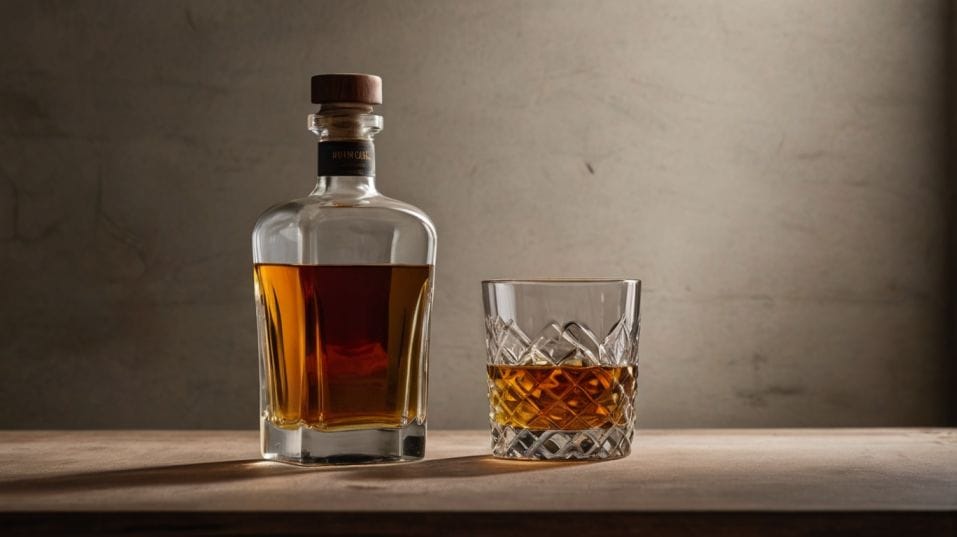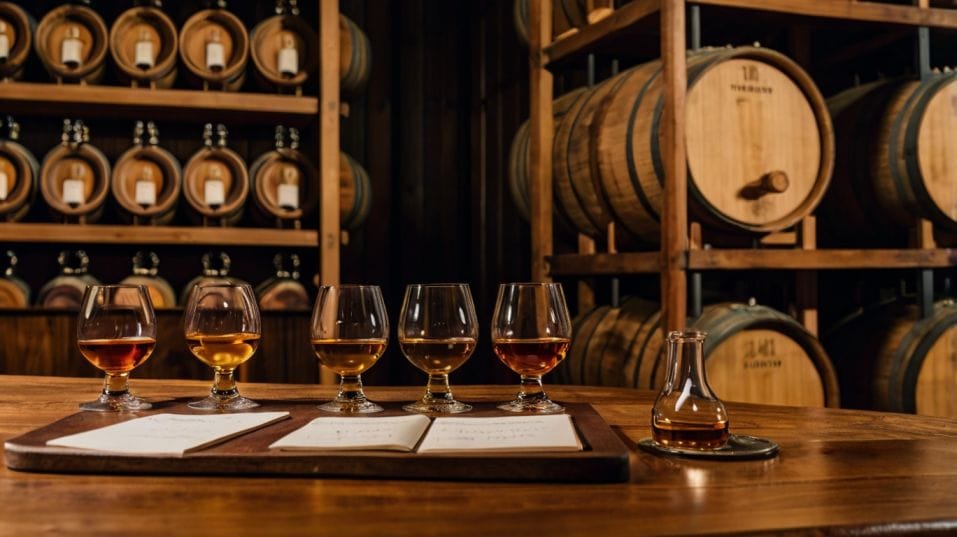The Rise of Independent Bottlers
Discover how independent whiskey bottlers help you taste beyond the brand. Learn to explore, collect, and savor with real confidence.

Ever wonder what whiskey really tastes like—without the polish, the branding, the safety net? That’s the rabbit hole independent bottlers open up.
For those just starting their whiskey journey, these mavericks offer a deeper, rawer look at what’s in the barrel. You’re not buying a story.
You’re tasting truth—unfiltered, unpredictable, unforgettable. If you’re ready to move past the big-brand echo chamber, this is where things start getting interesting.
What Independent Bottlers Actually Do
Independent bottlers don’t distill. They source casks from working distilleries, often through long-standing relationships, brokerage channels, or direct sales from surplus stocks.
Some focus on aging the spirit themselves, managing maturation from cask selection to warehouse conditions.
Others bottle it as-found—pure snapshots of how that spirit evolved on its own. The key difference? Control. While distilleries aim for consistency, independents aim for character.
Where one smooths out the edges to meet a brand profile, the other highlights the oddities, the outliers, the bold flavors that never make it into core-range blends. It’s a different philosophy entirely: instead of perfection, pursuit.

Why This Matters to You
Flavor is the whole point. If you're buying whiskey to taste something real, not just something safe, you need options that stretch the boundaries.
Distillery releases are about reliability. There’s nothing wrong with that. But they’re made to appeal to the broadest possible audience.
That usually means filtering, diluting, coloring, and blending hundreds of barrels to hit a consistent target.
Independent bottlings skip most of that. You're often getting single casks, cask strength, no chill filtration, and no added color.
In short: you're tasting the spirit as it came out of the wood. That gives you a far more honest read on what a distillery can actually do—and what kind of whiskey you actually like.
If you're trying to train your palate, there's no faster way to level up than tasting raw, unblended barrels from the same distillery across different cask types and vintages. It's like jumping from flashcards to fluency.
The Hunt: How to Find Quality Bottlers
Navigating the indie world takes more attention. Some bottlers are legendary for their curation—others bottle whatever they can get their hands on. That means you can’t just shop by distillery. You need to think like a buyer.
Start by reading labels like a detective:
- Distillation and bottling dates reveal age—but also intent.
- Cask types (sherry, bourbon, rum, wine) will shape 80% of the profile.
- Strength matters. Cask strength will show you the whiskey uncut.
- Filtration and coloring should be disclosed. More transparency, more trust.
If a bottler isn’t upfront about those basics, walk. The best independents respect drinkers who care.
Also, pay attention to how a bottler talks about their own releases. Do they geek out over wood, warehouse conditions, or yeast strains?
Or are they just throwing around buzzwords? One of those approaches is for collectors. The other is for tasters.
What You’ll Actually Taste
Prepare for surprises. And not always good ones. Some indie bottles will blow you away—electric, layered, expressive. Others will fall flat or taste overly oaky, sulfuric, or just weird. That's part of the deal.
You’re not buying a product engineered to please a crowd. You're buying a one-off, shaped by time, cask, and chance.
This is where developing your palate really matters. You’ll start to recognize how a refill bourbon cask preserves distillery character, while a first-fill PX sherry cask can completely reshape it.
You’ll start noticing sulfur from bad sherry wood, or bitterness from tired casks. These are the lessons that polished blends hide from you.
The payoff? You’ll stop guessing and start knowing. What distilleries you gravitate toward. What cask types enhance or drown that spirit.
What kind of oak grip you enjoy—or hate. You'll become fluent in the real language of whiskey: structure, balance, texture, evolution.
How to Build a Smarter Collection
The best indie bottles teach you something. And your collection should reflect that. Don’t chase labels or secondary market heat. Build for contrast.
If you’re already familiar with a distillery’s core expression, look for an indie version aged in a different cask type—or from a different era. Try sister casks from the same vintage. Taste side-by-side. Think like a curator, not a trophy hunter.
Your shelf doesn’t need to be huge to be valuable. A handful of carefully chosen indie bottles will teach you more than twenty identical supermarket offerings ever could.
If budget’s a concern, split bottles with friends. Pool funds to buy one great indie release instead of three mediocre branded ones.
Start a blind tasting group. Compare notes. Share discoveries. This isn’t about having more. It’s about tasting better.
Final Thoughts
Independent bottlers give you access to whiskey in its purest, most revealing form. No spin, no polish—just spirit, wood, and time.
If you’re ready to move past the same five brands, this is where your journey really starts. Not everything will be great. But everything will teach you something—about flavor, about technique, about your own preferences.
So find a bottle from a trusted indie. Taste it slowly. Take notes. Ask questions. Then do it again with something else. This is how you build not just a better palate—but a deeper appreciation for the craft itself.
Stop drinking passively. Start exploring deliberately. And let independent bottlers be your guide. Now go find something worth tasting.




